On every street, one sees women peddling goods from bicycles, on their backs, or squatting on the street curb. A 2013 survey suggested there are 12,000 street vendors of fruits and vegetables. Who are these women and why are they all here? Many of them are rural women who leave their husbands and children at home and go to Hanoi, often for weeks or more at a time. The late 1980s Đổi Mới economic reforms meant the household was responsible for its own economic well-being. However, rural families often cannot survive on agriculture alone.
For Confucian cultural reasons, the responsibility for producing outside income falls to the women. These women don’t move to Hanoi because their families want to live in the village, but they have to leave their villages to earn enough money to survive. Most women stay in Hanoi for weeks, living in rooming houses where they share a room with 10 or more others, and limited access to water and electricity. Their day starts at 3 A.M., when they buy their fresh produce for the day at a night market. They then spend the rest of the day walking kilometers through the streets of Hanoi, with loads up to 80 pounds. A good day nets them a profit of US$5-6. They are under threat of robbery, bullying, cheating and being fined by the police.
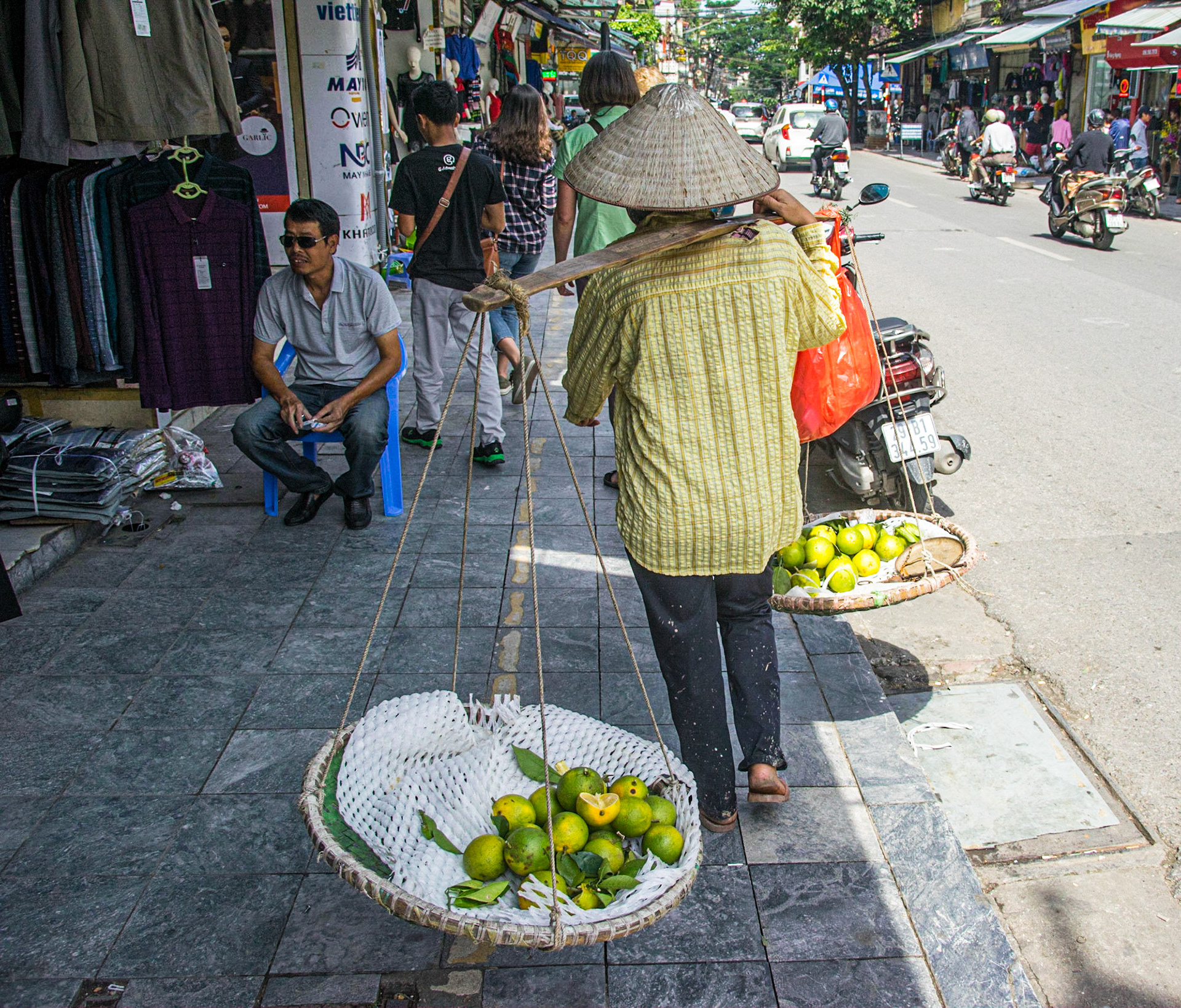

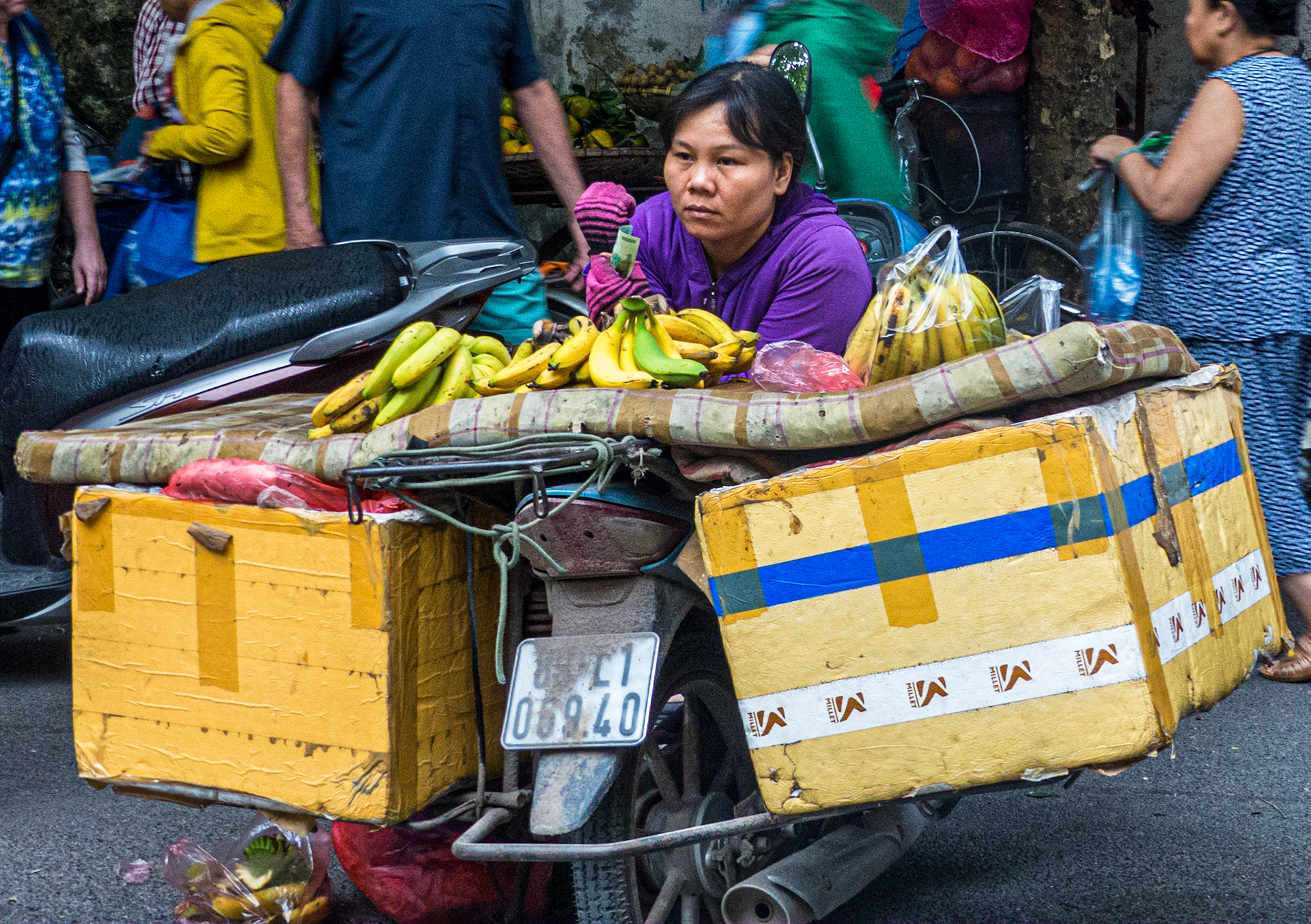

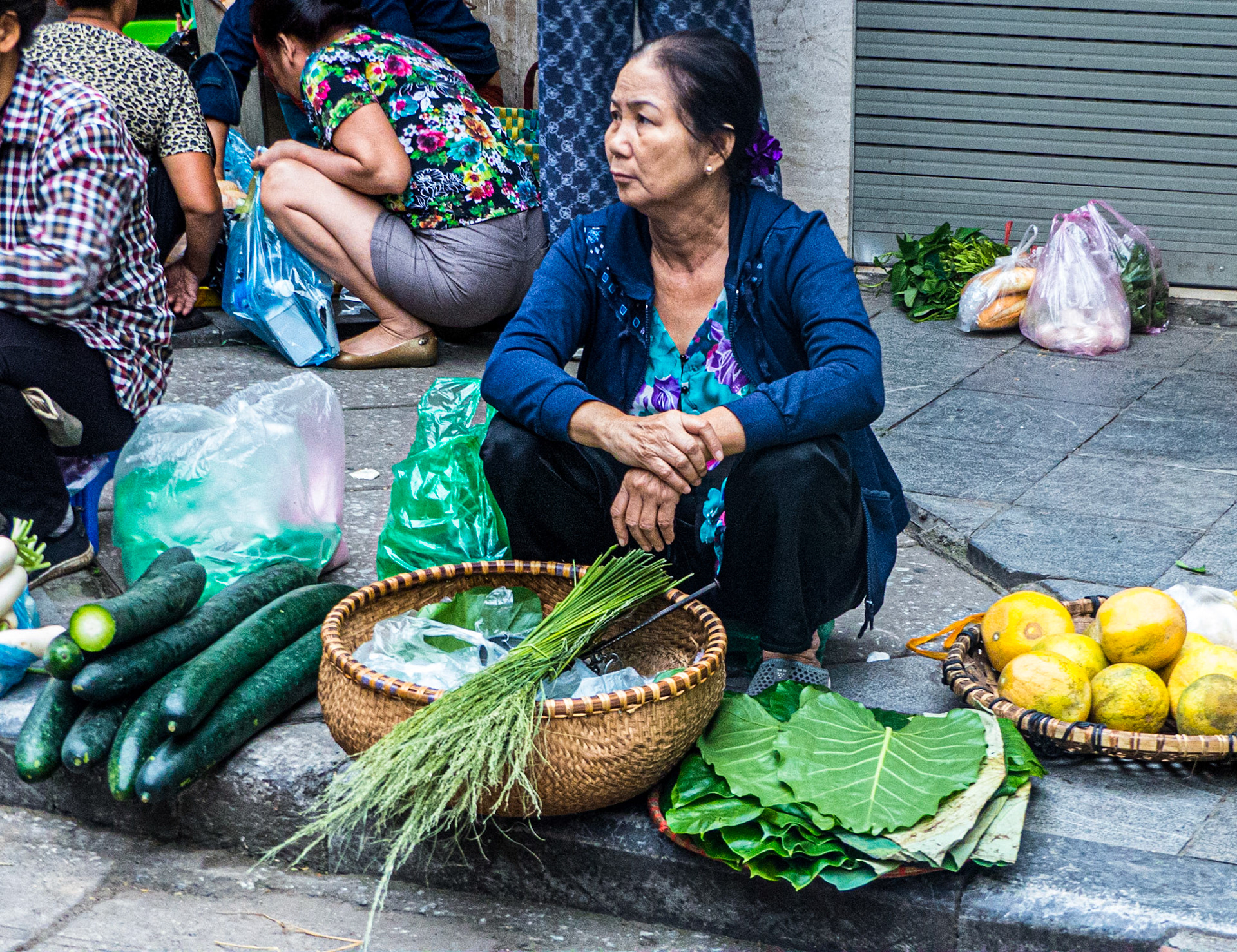
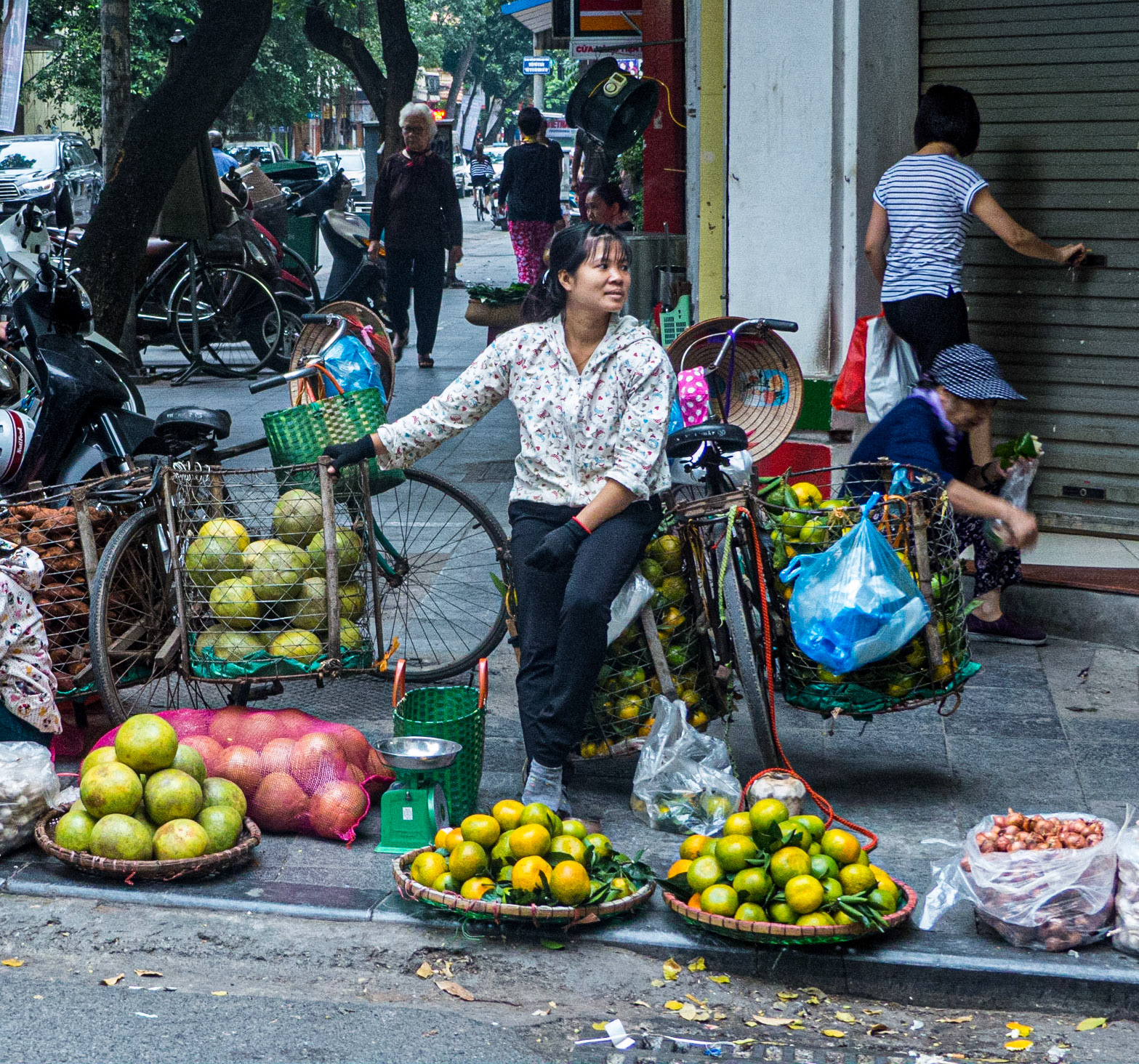


They migrate because the family needs money; for example to pay for their childrens’ education. It is they who must go to Hanoi’s rapidly growing urban economy in order that their families can maintain their rural identities. The women must balance conflicting demands -- to be in Hanoi to earn money and to be at home for ceremonial, agricultural, and family obligations.
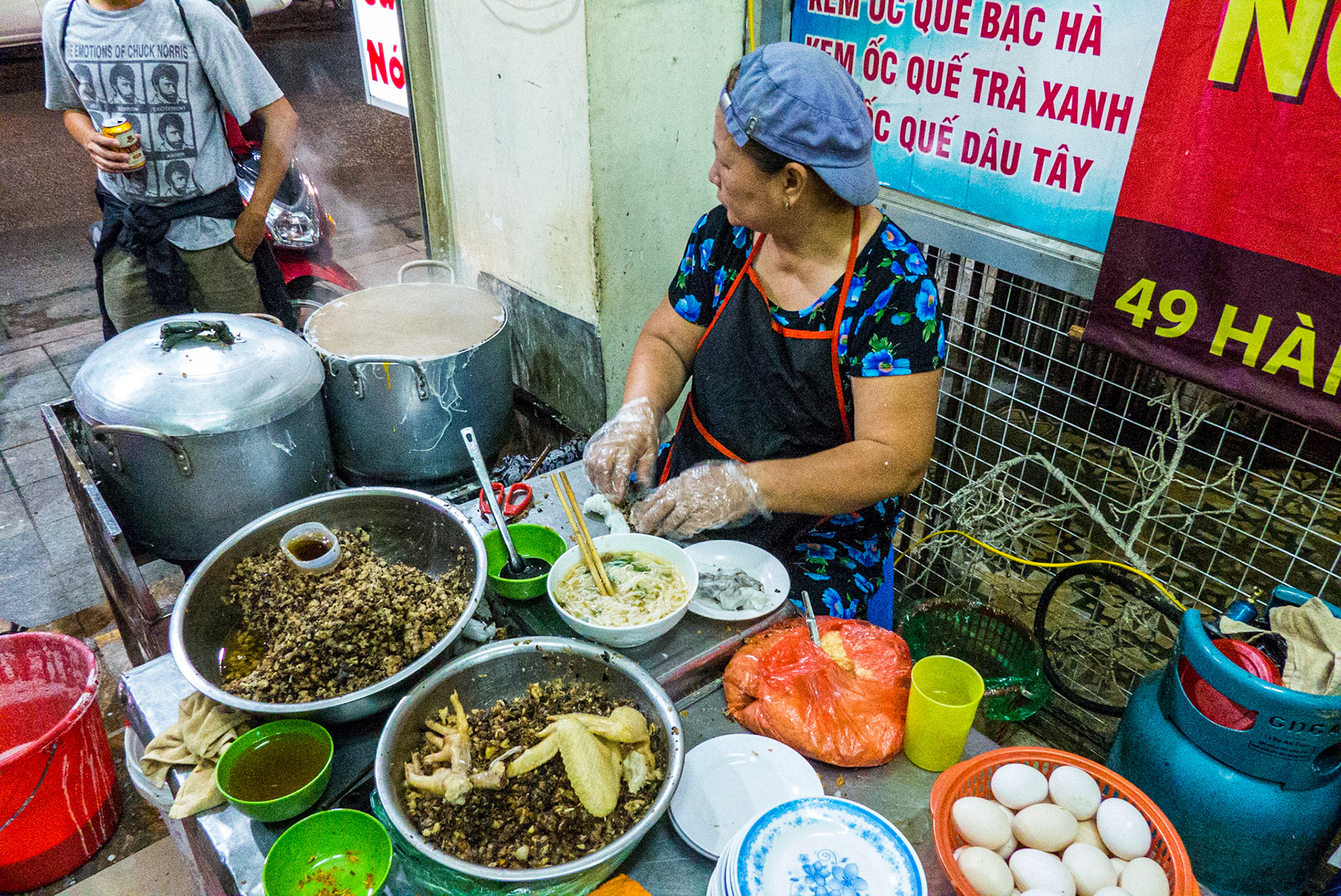
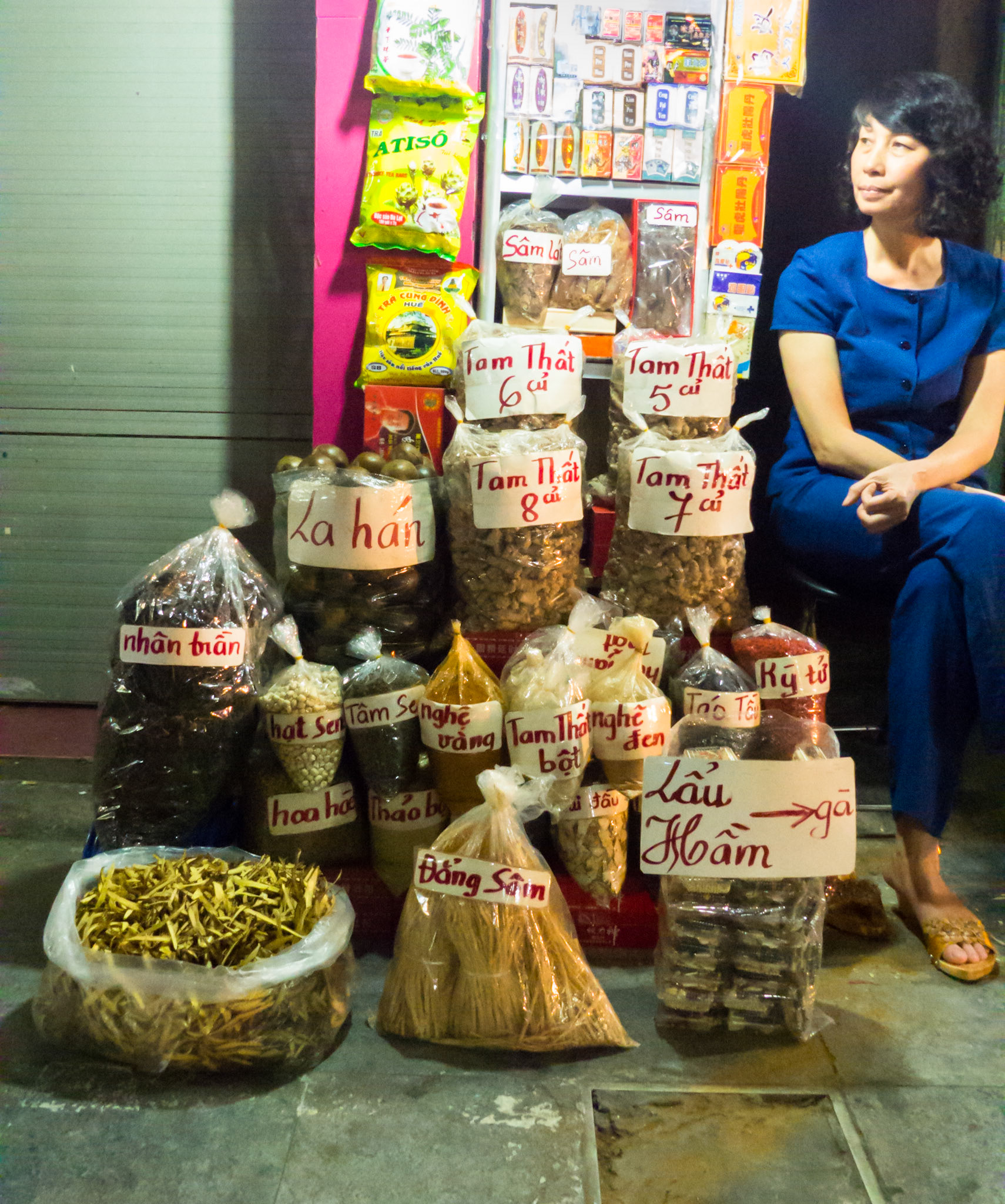



If you ever visit Hanoi, the Women’s Museum there is excellent, as it showcases women’s role in Vietnamese society and culture.